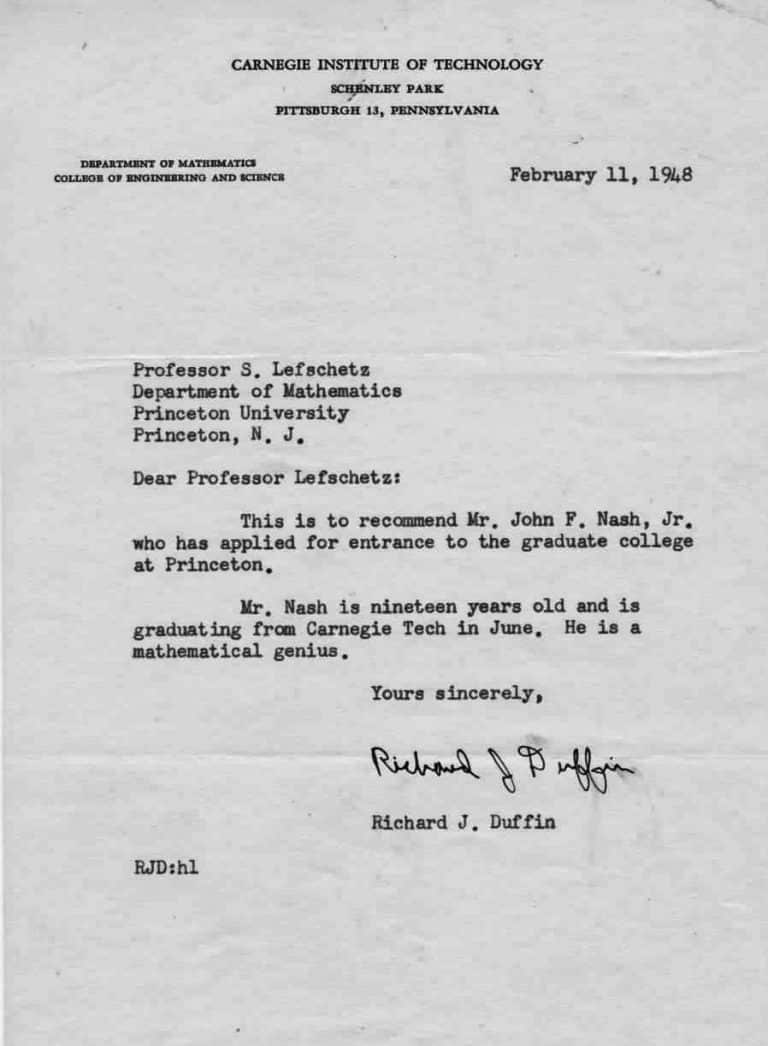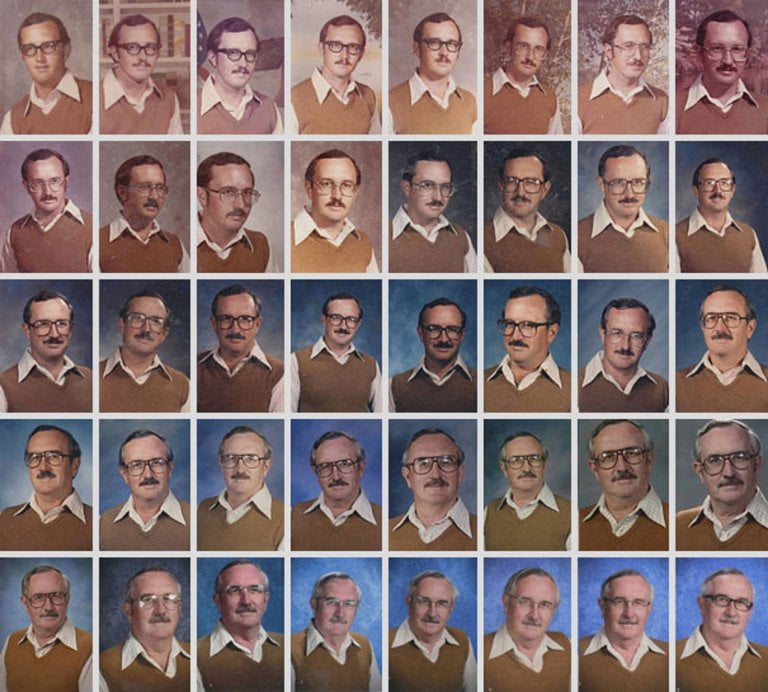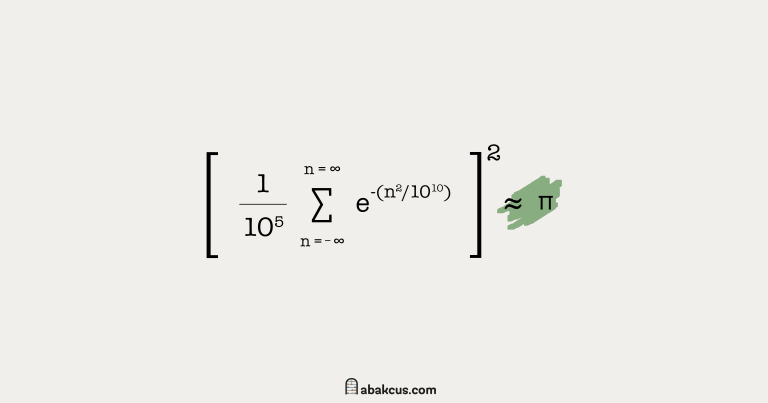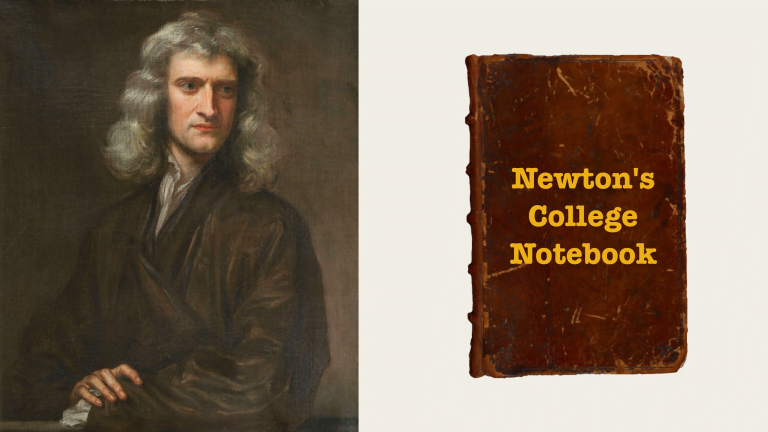“The dream of visual dynamism is the same; to leave behind earthbound stasis and to fly into that liquid space of numerical architecture without gravity” – John Whitney
John Whitney is a name that might not ring a bell to some, but those who have seen his work knows he is a true visionary in art and technology. Whitney lived from 1917 until 1995 as an American animator and computer graphics pioneer. He not only paved the way for modern computer animation but also used mathematics and technology as tools for creating moving art. To put it simply, John Whitney was ahead of his time. His influence on the world of art and animation is immeasurable, and his legacy lives on through the many works he created and the artists he inspired.
John Whitney’s book Digital Harmony – On the Complementarity of Music and Visual Art is a groundbreaking work in the field of audiovisual composition. With its exploration of the technical, philosophical, and conceptual aspects of software-based visual music, the book has been a staple in the industry for decades.

However, finding a copy of this out-of-print classic can be costly due to its rarity. That’s why Archive.org’s recent addition of the book to their online library is great news for those interested in this fascinating field. While the computer code in the book may be outdated, the lessons and insights from Whitney’s methods for composition are still invaluable to both new and experienced professionals alike.
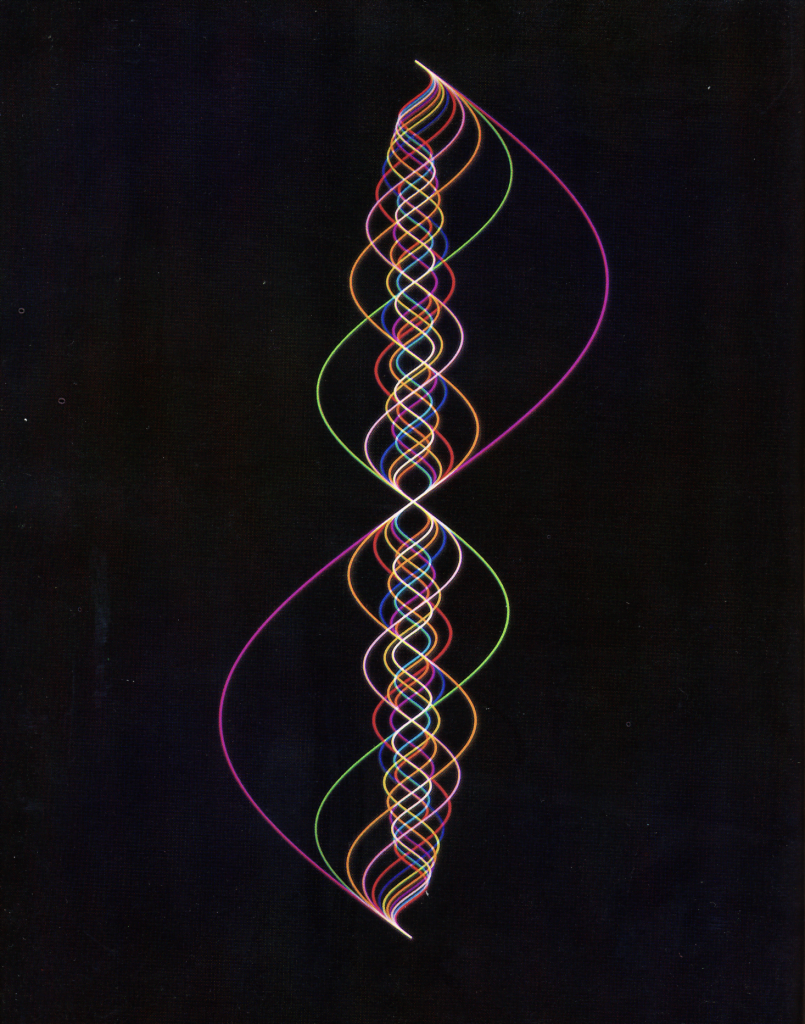
Whitney’s Digital Harmony introduces an intriguing concept in which the harmony of music could be aligned with the harmony of visual design. Through his exploration of periodic relationships, interference, and counterpoint in audiovisual systems, Whitney reveals how integrating different mediums can create interesting and aesthetically pleasing outcomes.
Computers will do no such thing – art is a matter of judgment, not calculation. No one expects a piano to write really good music”
John Whitney
What’s more impressive is that he achieves this without relying on the synchronization of sound, a feat made even more remarkable given the limited technology available outside of scientific laboratories in 1980. The book presents a collection of colorful stills from Whitney’s films and insightful annotations illuminating his creative process. Drawing from various sources of inspiration, including Pythagoras and Chomsky, Digital Harmony is a must-read for anyone interested in the intersection of music and visual art.
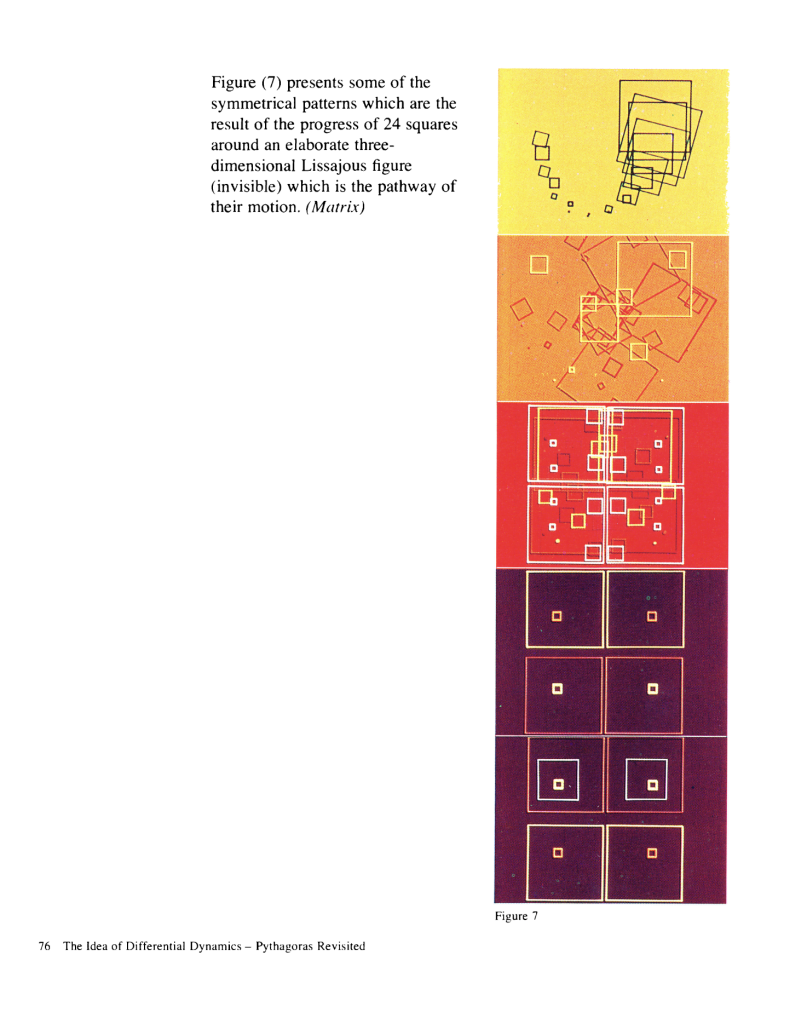
You may also find these interesting:
• 40+ Elegant Books for Designers and Math People
• Digital Harmony: On the Complementarity of Music and Visual Art
• Kenichi Kanazawa Colour Sound
• Obsolete Sounds


